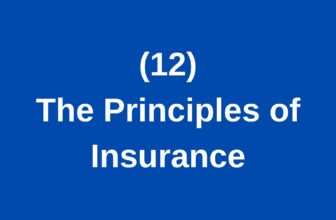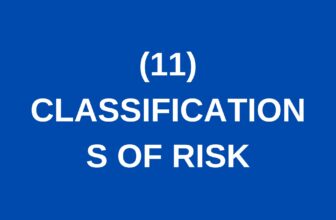10. Understanding Insurance: A Comprehensive Guide (FREE COURSE)
Introduction
Welcome to Chapter 9 of our course: Insurance. This chapter delves into the intricacies of insurance, exploring what it means to cover risks through an insurance company. We will discuss how insurance works, the technical aspects behind it, and provide a foundational understanding of its mechanisms.
Examples of Risks in Car Ownership
Let’s start by listing some common risks associated with owning a car:
- The car being stolen in the future.
- A car accident with or without injury to the driver.
- Injuring others as a result of a car accident.
- Damage to the car caused by another driver.
These scenarios highlight the potential burdens and financial implications that come with owning a car. The primary purpose of insurance is to mitigate these risks, transferring the financial burden to an insurance company.
Transferring Risks to an Insurance Company
To manage these risks, you can transfer them to an insurance company. In return for taking on these risks, the insurance company requires you to pay a sum of money known as a premium. Upon receiving your premium, the insurance company will issue documents that serve as proof that you are covered against the listed risks.
While the details of the types of documents issued and the specific information contained within them are beyond the scope of this course, they are covered in more advanced courses.
Defining Insurance
From our discussion, we can define insurance as follows:
Insurance is the acceptance of unknown potential risk by an insurer for an agreed premium in return. It is a mechanism for transferring risk.
Keep this definition in mind, as it might be useful in entry-level interviews.
Visualizing Risk and Insurance
The concept can be visualized as shown in the figure below, where risk and insurance are depicted in opposite directions. By purchasing insurance, you move from the direction of risk to the direction of safety and security.

This visualization helps to understand that insurance acts as a protective barrier, ensuring that you are safeguarded from potential financial losses.
Conclusion
We have reached the end of this class. If you have any questions, please feel free to contact me. I am more than happy to answer any queries you may have. Thank you for your attention, and goodbye!
Note: The placeholder for the image should be replaced with an actual diagram or figure illustrating the concept of risk and insurance in opposite directions.





